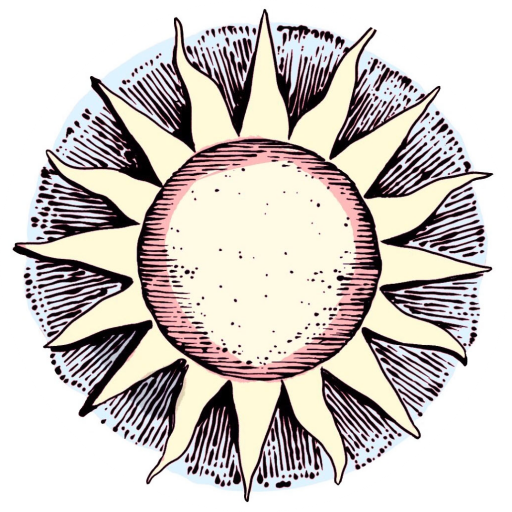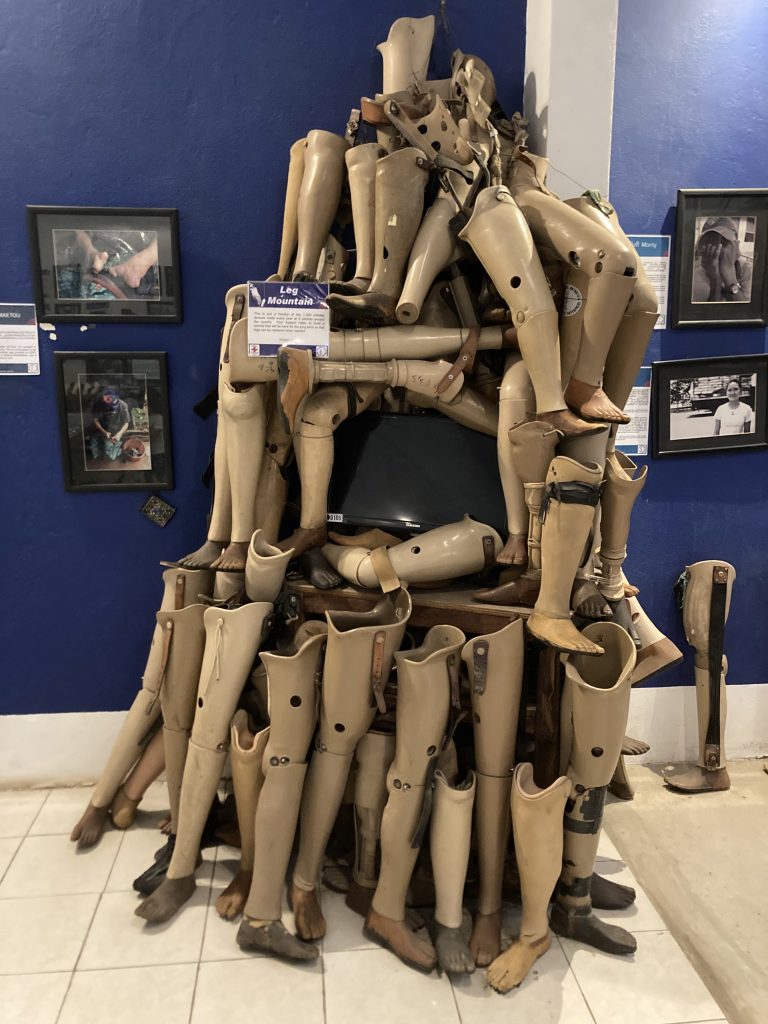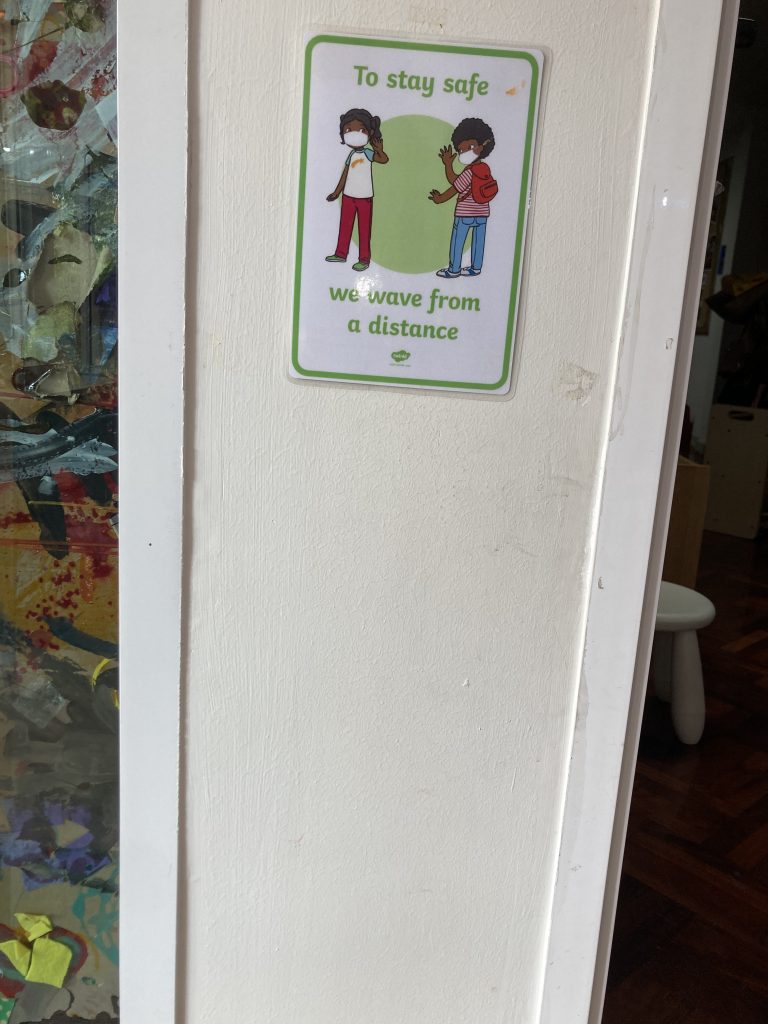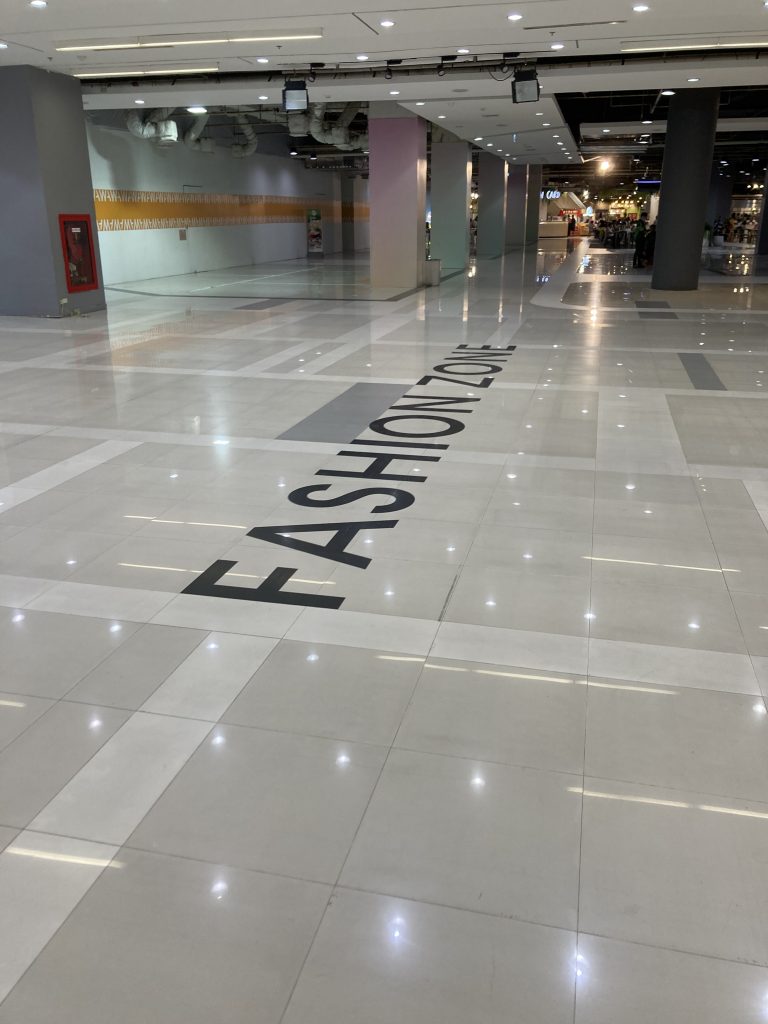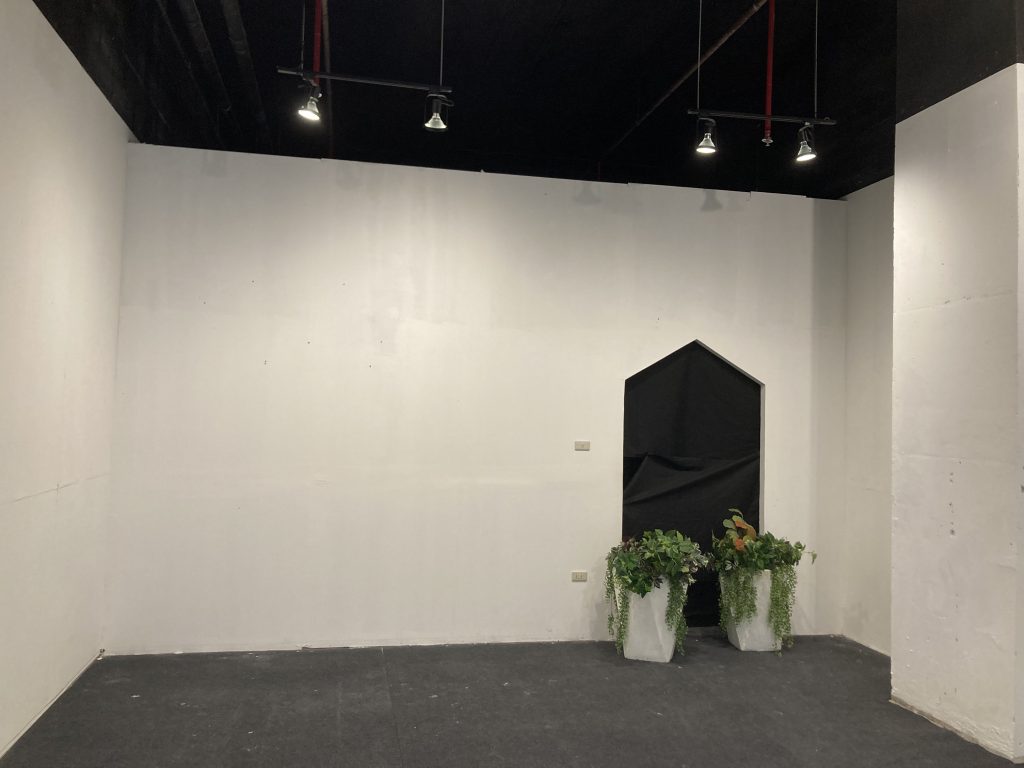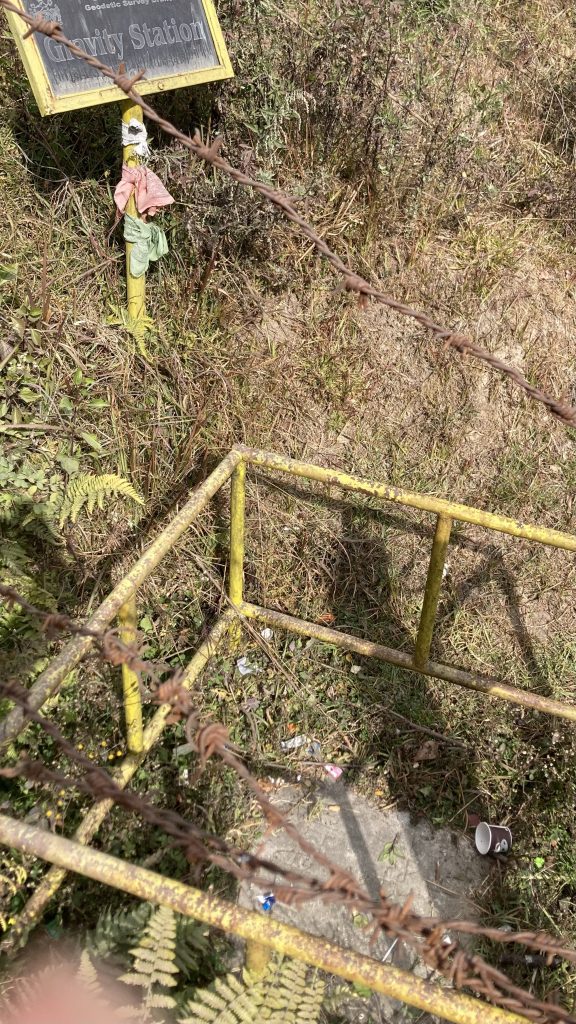A Food Oasis
Autumn by the Wayside is much like any other guidebook in that its directions are generally limited to the cardinal, which is to say, it mostly just tells you where things are before delving into the vague and sometimes outright dangerous advice is contains about actually navigating the Wayside attractions. I’ve come to appreciate the book for its consistency, at least.
The entry for ‘A Food Oasis’ raises red flags almost right away.
‘One week before an attempt to reach ‘A Food Oasis,’ a traveler should begin to cut meals in half, or so, and be rid of snacking altogether. A day or two out, the traveler should subsist on coffee and, if they choose, water. Good and hungry, the traveler should proceed to Goose Lake, MI, where three superstores crushed the local groceries and then collapsed in on themselves, leaving the town wholly reliant on food from elsewhere.
Unless one counts ‘The Food Oasis,’ which appears only to those who most need it (coordinates follow).’
Needless to say I do check the coordinates on a full stomach and find nothing but a rundown park and several scrawny kids who sell me a few cups of foul lemonade for the absurd price of a dollar-per. When I ask about ‘A Food Oasis’ they waggle their eyebrows and roll their eyes, neither wanting to suppress their contempt at this obvious tourist nor wanting to lose a valuable lemonade customer. I leave and begin the starvation diet.
A week passes and I am hurting.
When I return to Goose Lake, those same kids are there, standing outside a farmer’s market and still hawking their neon drinks. I push past them and walk up and down, waiting to see what trick ‘The Food Oasis’ has in store for the hungry traveler. When I break down and dig into my wallet to buy an apple, I hear one of the kids snickering. I look back at him and the illusion of the market dissipates- a mirage.
From behind their lemonade stand, the kids bring a basket of grainy apples and I buy them happily.
-traveler
